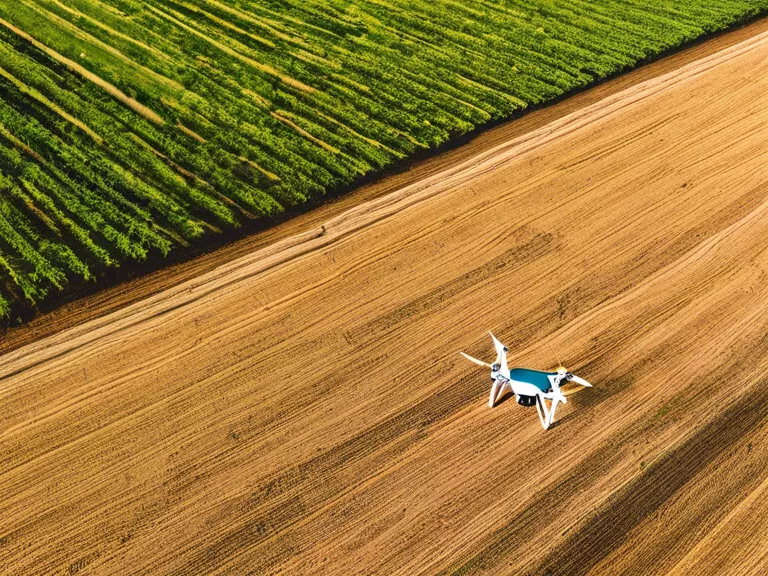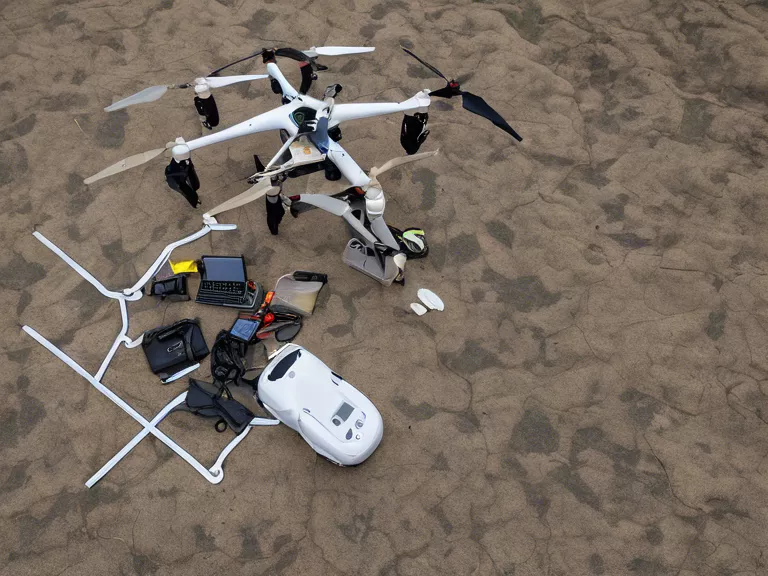
Drones have increasingly become valuable tools in the field of wildlife conservation and anti-poaching efforts. These unmanned aerial vehicles are being utilized in various ways to protect endangered species, monitor wildlife populations, and combat illegal poaching activities around the world.
One of the key benefits of using drones for wildlife conservation is their ability to cover vast areas of land quickly and efficiently. With high-resolution cameras and thermal imaging capabilities, drones can capture detailed aerial footage of wildlife habitats, allowing conservationists to survey and track populations from above. This data can then be used to monitor species' movements, identify potential threats, and assess the impact of conservation efforts.
In the fight against poaching, drones are playing a crucial role in deterring and catching poachers in the act. By patrolling protected areas from the skies, drones can help rangers spot illegal activities such as poaching, logging, and illegal mining, and respond rapidly to stop them. Drones can cover challenging terrains, such as dense forests and remote areas, where traditional patrols may be difficult or dangerous to conduct.
Furthermore, drones can be equipped with advanced sensor technologies, such as drones equipped with infrared cameras, to detect heat signatures of animals or humans hidden in the forest. This allows rangers to locate and intercept poachers before they can cause harm to wildlife. Some drones are even equipped with tranquilizer darts to immobilize poachers without causing permanent harm.
Overall, drones are proving to be valuable tools in the fight to conserve wildlife and protect endangered species. By providing real-time data and surveillance capabilities, drones are helping conservationists and rangers to better monitor and safeguard wildlife populations, and deter illegal activities in protected areas.



